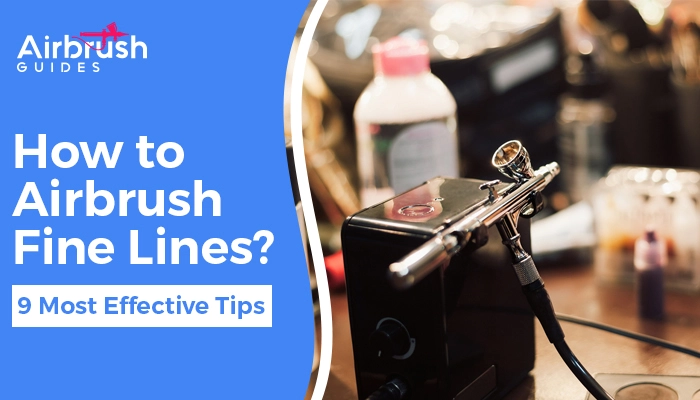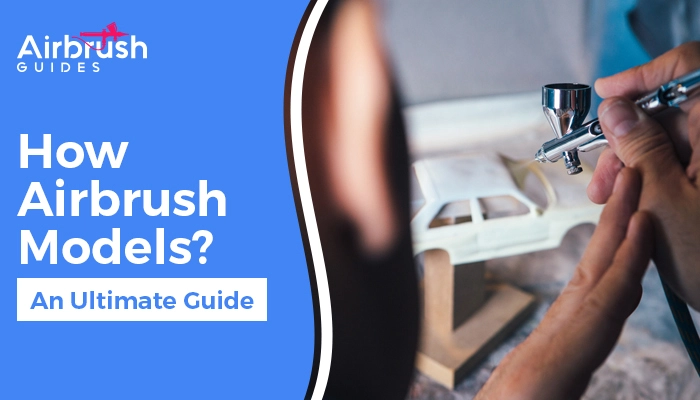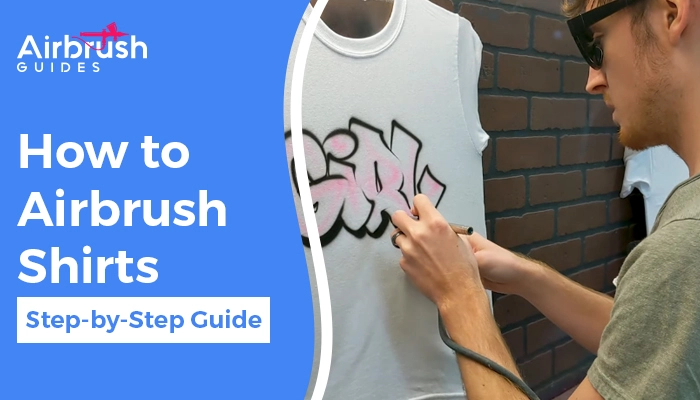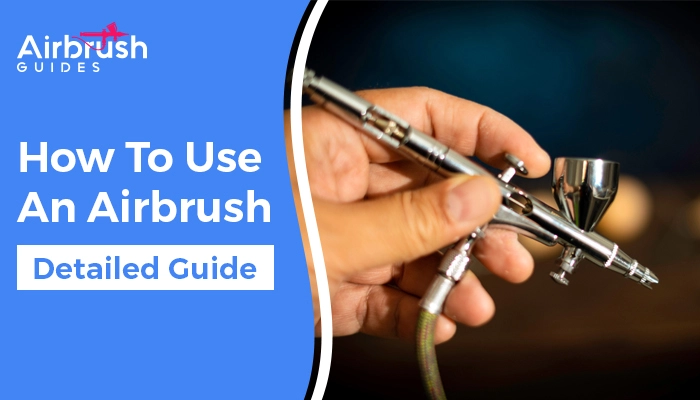How To Connect Airbrush To Compressor: 6 Easy Steps To Follow
If you’re an airbrushing enthusiast, you know that connecting your airbrush to a compressor is a critical step in the airbrushing process. However, if you’re new to airbrushing, this step may seem intimidating. That’s why we’ve created this step-by-step guide to show you how to connect airbrush to compressor.
In this guide, we’ll cover all the necessary steps and provide tips to make the process as smooth as possible. Whether you’re using an airbrush for the first time or just need a refresher on how to connect it to a compressor, this guide is for you.
How to Connect Airbrush to Compressor: Step-by-Step Guide
If you’re new to airbrushing, connecting your airbrush to a compressor may seem like a daunting task. However, it’s actually quite simple once you understand the basics. In this guide, we’ll walk you through the process step by step.
Step 1: Gather Your Materials
Before you begin, you’ll need a few things. Here’s a list of what you’ll need:
- Airbrush
- Airbrush hose
- Compressor
- Compressor hose
- Adapters (if necessary)
Make sure you have everything you need before you start. It’s much easier to work through the process when you have everything in front of you.
Step 2: Attach the Compressor Hose to the Compressor
The first thing you need to do is attach the compressor hose to the compressor. The hose should screw into the compressor’s air outlet. Make sure it’s securely attached and tightened.
Step 3: Attach the Airbrush Hose to the Airbrush
Next, attach the airbrush hose to the airbrush. The hose should screw into the airbrush’s air inlet. Again, make sure it’s securely attached and tightened.
Step 4: Connect the Two Hoses
Once both hoses are attached, you need to connect them. The compressor hose should have a quick-connect fitting on one end, and the airbrush hose should have a quick-connect fitting on the other end. Simply push the two fittings together until you hear a click. This means they’re securely connected.
Step 5: Turn on the Compressor
Now it’s time to turn on the compressor. Make sure the airbrush’s trigger is in the “off” position before you turn on the compressor. Once the compressor is on, adjust the air pressure to the desired level. You can do this by turning the regulator knob on the compressor. The recommended pressure for most airbrushes is between 15-30 psi.
Step 6: Test the Airbrush
Once the air pressure is set, it’s time to test the airbrush. Hold the airbrush a few inches away from a piece of paper and pull the trigger. You should see a fine mist of air coming from the airbrush. If everything is working properly, you’re ready to start airbrushing!
Here is a video showing the process of How to connect airbrush to compressor:
FAQs:
- Do I need to buy a special type of airbrush for my compressor?
A: No, as long as your airbrush and compressor both have standard fittings, you should be able to connect them without any issues.
- What’s the difference between a single-action and dual-action airbrush?
A: A single-action airbrush allows you to control the air flow with a button or lever, while the paint flow is controlled by the amount of paint in the cup. A dual-action airbrush allows you to control both the air flow and paint flow with a single button or lever.
- How do I know what pressure to set my compressor to?
A: The recommended air pressure for most airbrushes is between 15-30 psi. However, you should always refer to the manufacturer’s instructions for specific pressure recommendations.
Final Thoughts
Connecting an airbrush to a compressor is a straightforward process, but it’s important to make sure everything is securely attached before turning on the compressor. Once you’ve connected everything and tested the airbrush, you’re ready to start creating your masterpiece. Just remember to clean your airbrush thoroughly after each use to ensure it continues to function properly.






